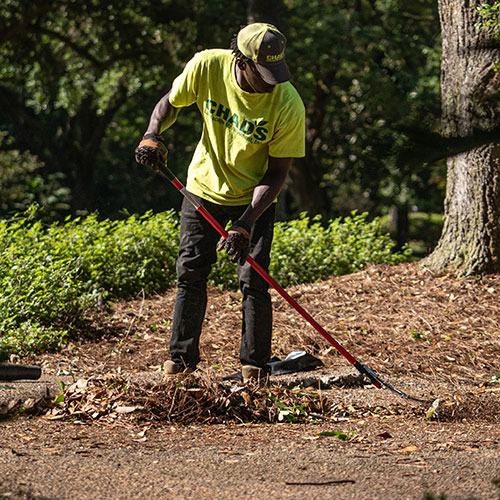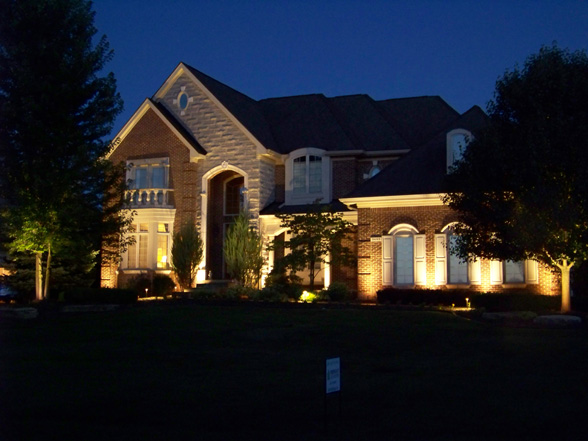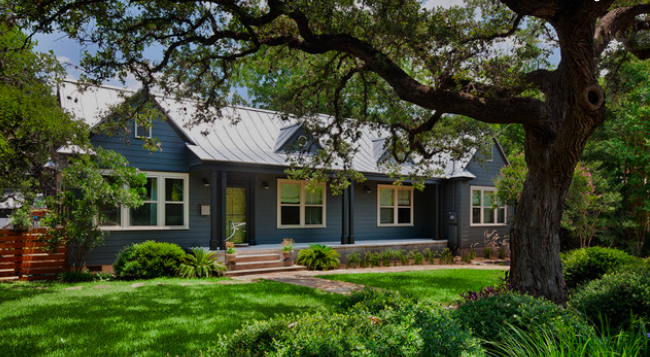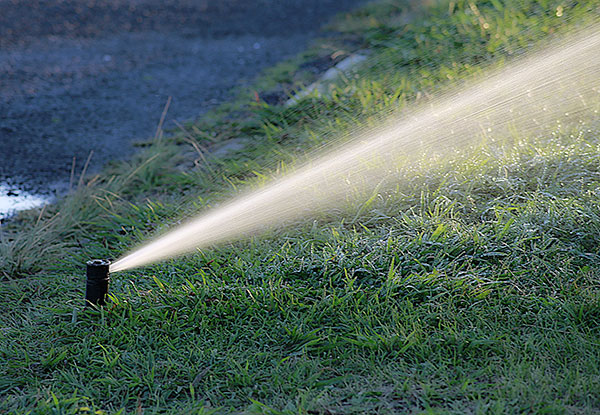
‘Tis The Season for a New Sprinkler System
November 23, 2021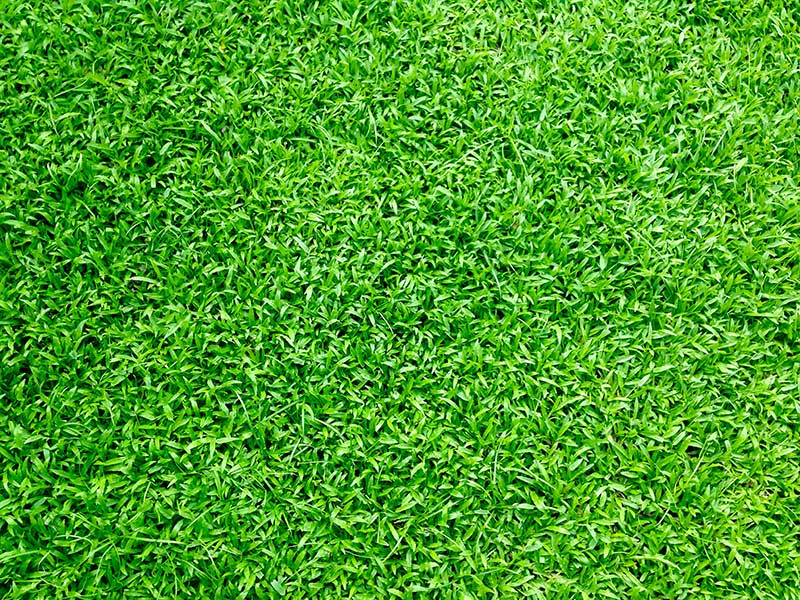
How Commercial Landscaping Can Benefit Your Business
December 31, 2021With winter on its way, many South Alabama homeowners are looking forward to a long break from yard work. While it’s true that your landscape needs less maintenance during winter than in the warmer months, you shouldn’t abandon it completely. Following a few forms of winter maintenance can keep your landscape healthy through the season and make it easier for you – and your plants – to enjoy a spectacular spring.
Trim trees and hedges.
Frigid temps may make it less fun, but winter is a wonderful time for tree trimming. It’s healthier for your trees, which will have plenty of time to heal those fresh wounds without the threat of pests or disease. It’s also easier for you, as less leaves in the way makes it easier to identify and remove damaged tree branches as well as see (and shape) the structure of your plants.
Unfortunately, every shrub and hedge in your landscape won’t be happy with a winter trim. Only shrubs that flower in the summer and evergreen bushes (like boxwoods) should be given a trim in late winter.
Prune your Plants.
A lack of blooms doesn’t mean you can safely put off pruning your plants. In fact, winter is the time you should be inspecting your plants for diseases and damage and removing any foliage that could pose a threat to spring health. It’s an especially good time to prune perennial plants, which are safely in their winter slumber.
Mulch Tree and Garden Beds.
Mulching is a must-do during the winter season. It insulates the soil and regulates its temperature, protecting root systems from damage caused by repeated cycles of freezing and thawing. It also conserves soil moisture and reduces evaporation, helping your plants stay hydrated through the dormant season.
After the first frost, apply an even layer of mulch around the base of your trees and garden beds. The type of mulch you choose will help you decide how much to use – denser materials like wood chips and compost need 2-3 inches while lighter mulches made of hay or pine needles may require as much as 3-6 inches.
Water regularly.
Plants need water every day of the year, even during winter. Because our area isn’t prone to heavy snow or winter storms, it’s even more vital to water during winter. Newly established lawns, young trees, newly planted shrubs, and certain perennial plants are especially vulnerable to winter dehydration.
For best results, aim to water your landscape once or twice per month – but you should only water when temperatures are above 40 degrees. When possible, try to water your plants around midday so the water has plenty of time to saturate the soil before temperatures drop below freezing.
Winter Weed Control.
Most homes in our area have warm-season grasses – like Bermuda, Zoysia, and Centipede species – that go dormant and turn brown during the winter. If you see patches of green in your lawn during the winter season, it’s not a particularly hardy section of grass – it’s winter weeds.
Because our temperatures rarely dip below 40 degrees, it’s not uncommon for certain weeds to thrive despite the cooler winter climate. Common winter weeds in our area include crabgrass, dandelion, annual bluegrass, and wild garlic. Your best course of action is to spot-treat winter weeds as soon as they appear. You can do this by removing weeds by hand or applying an approved winter herbicide, which are easily found in your local home and garden store.
Additionally, you should apply a pre-emergent herbicide to your lawn in late winter (usually in February) to stop the underground germination of any spring weeds.
Call Chad’s Landscape Management.
If you don’t want to spend the season working on your landscape, Chad’s Landscape Management can help take the worry out of your winter work. Our maintenance packages are designed to keep your landscape in stunning shape through every season with comprehensive services like lawn and plant care, weed control, seasonal color, and more. Contact us today!


